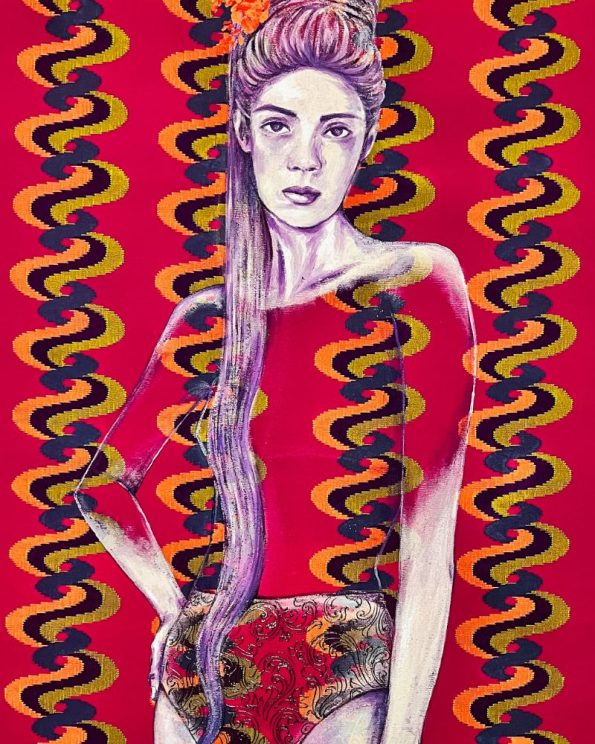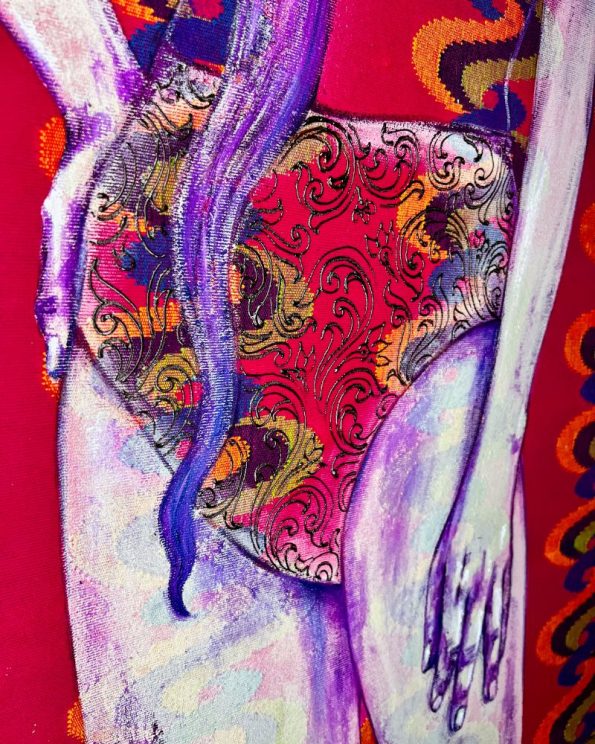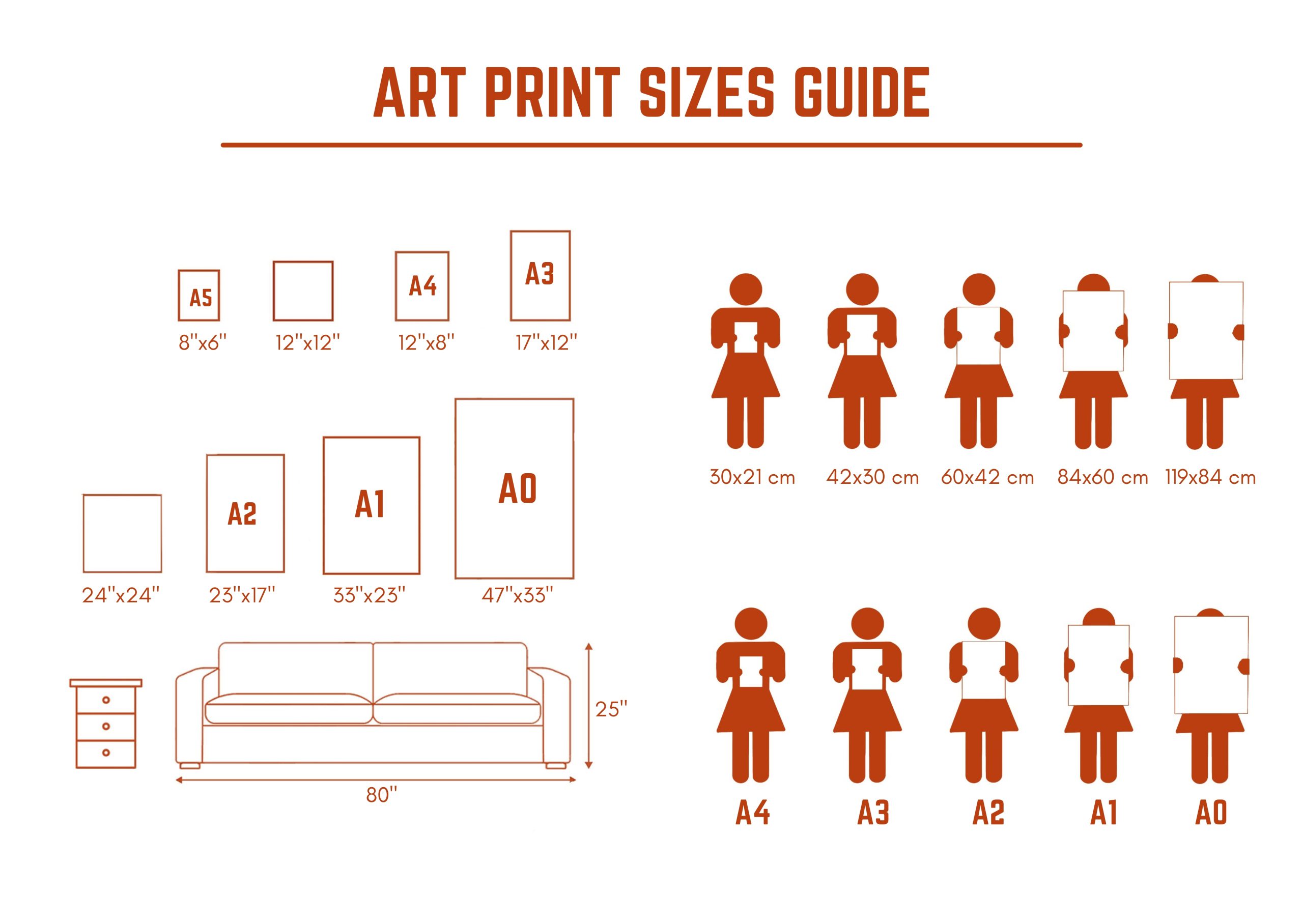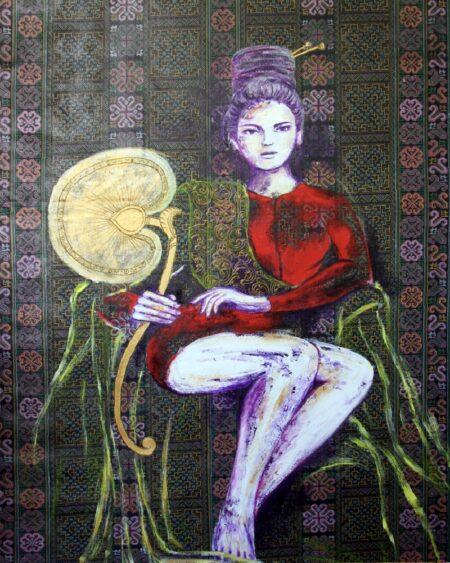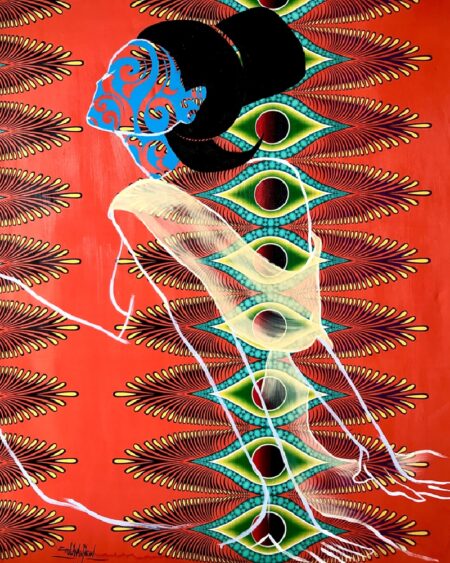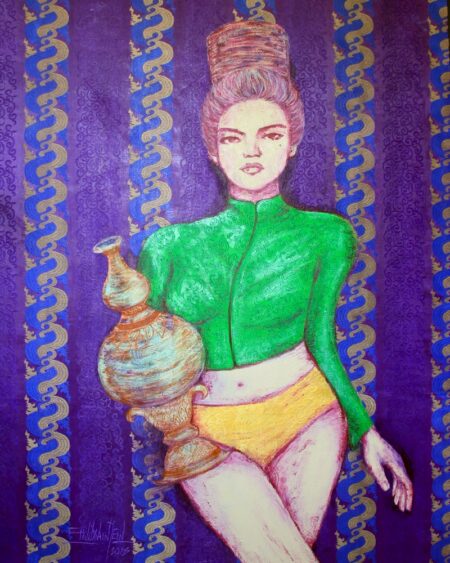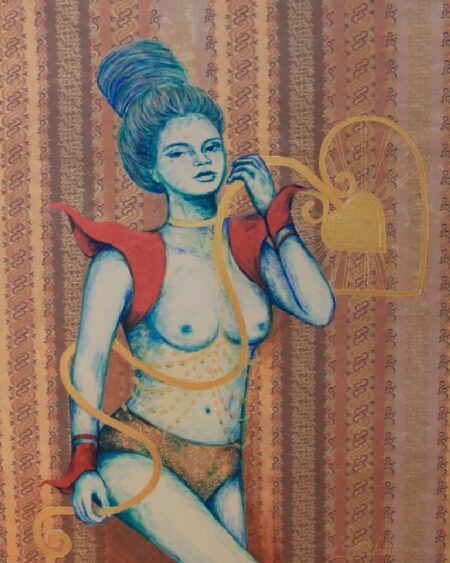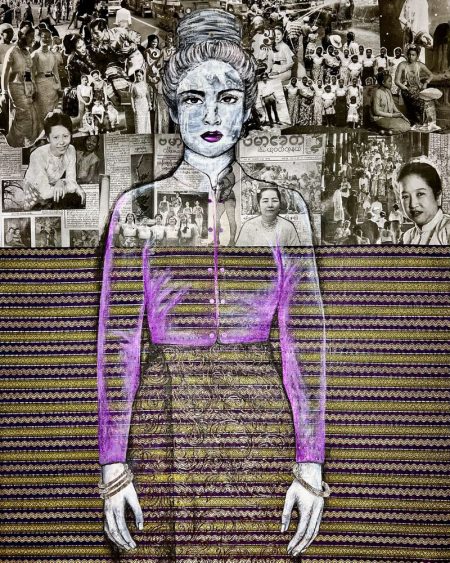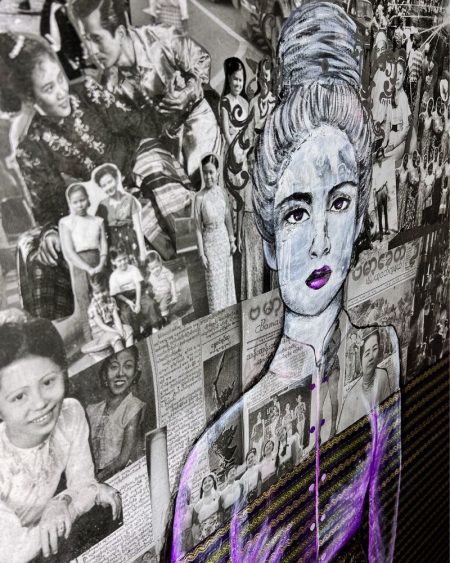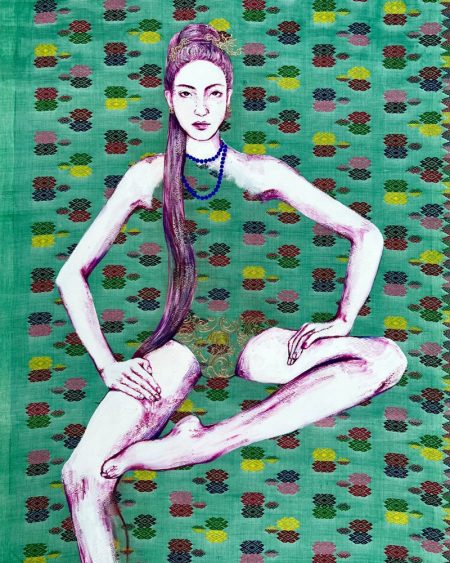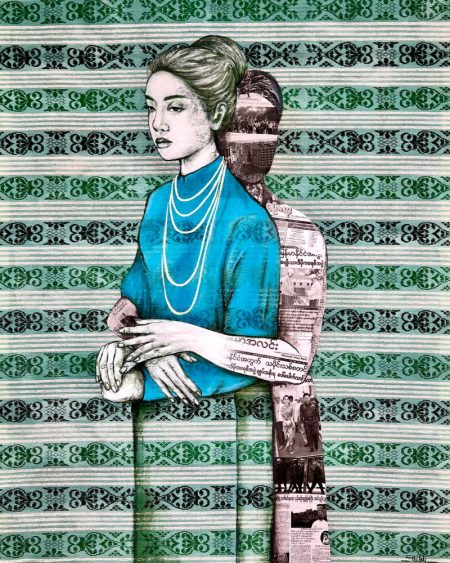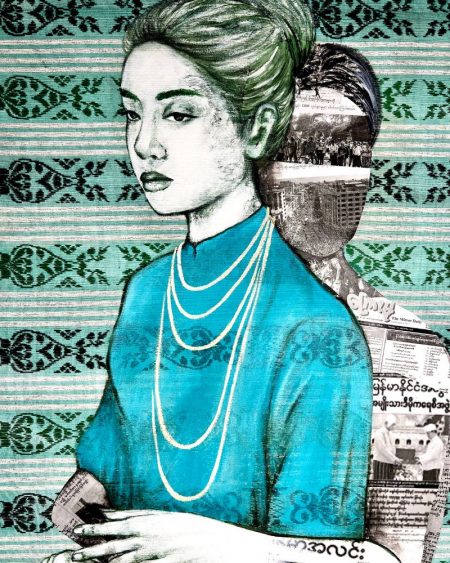Chroma Sonata
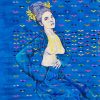

$3,500
121 x 91 cm (36×48 inches)
Acrylic on Burmese hand-woven Fabric
(This painting is being exhibited at the Bangkok Art and Culture Center (BACC). The collection is only accepted for reservation now, with availability for collection starting in February 2024. For reservations, please contact via email)
1 in stock
My artwork explores the essence of fabric in Myanmar, weaving together history, culture, ethnicity and religion to tell the story of this struggle and show how fabric is the connecting thread. Fabric is not just material but a site of social struggle. For generations, fabric has been used to encase traditional notions of femininity, however, a movement of resistance to both military and patriarchal power is springing up to fight this. My paintings potray history, culture and religion to tell the story of this struggle.
—
Background Story: Fabric is not merely material but also a site of social struggle. Clothing has become the focal point of a tug-of-war between patriarchal and feminist ideas about how women exist in society. For generations, fabric has been employed to encapsulate traditional notions of femininity; however, a movement of resistance to both military and patriarchal power is emerging to challenge this.
In Myanmar, tradition maintains that a man’s ‘hpone’ (their masculine essence) can be lost if he passes under female clothing such as the longyi, a traditional long skirt ubiquitous in Myanmar. This belief is so common that it is unquestioned by almost all Burmese people. It is a part of everyday life, for instance, women will not hang their clothes higher than male clothes or will even hide them while drying for fear of ‘contaminating’ the male’s ‘hpone’.
Because of these beliefs, feminist resistance within Myanmar society has sometimes been able to use their clothing as a weapon and a flag of rebellion. During recent skirmishes following the 2021 military coup, streets in Yangon and other urban centers were draped in women’s longyis, goading the military soldiers who, trapped by superstition, refused to walk under the garments and thus would not enter these communities of resistance. This movement became known as the Sarong Revolution.
On the other side, the Military began a campaign forbidding women from wearing any other garments except the longyi, believing that all other clothing styles were an assault on the traditional culture of Myanmar and assuming a self-appointed role as ‘guardians of tradition’ from outside influences.
AVAILABILITY: Out of stock
121 x 91 cm (36×48 inches)
Acrylic on Burmese hand-woven Fabric
(This painting is being exhibited at the Bangkok Art and Culture Center (BACC). The collection is only accepted for reservation now, with availability for collection starting in February 2024. For reservations, please contact via email)
AVAILABILITY: Out of stock
AVAILABILITY: Out of stock
AVAILABILITY: Out of stock
AVAILABILITY: Out of stock
AVAILABILITY: Out of stock
AVAILABILITY: Out of stock
121 x 91 cm (36×48 inches)
Acrylic and paper collage on Burmese fabric
(This painting is being exhibited at the Bangkok Art and Culture Center (BACC). The collection is only accepted for reservation now, with availability for collection starting in February 2024. For reservations, please contact via email)
AVAILABILITY: In stock
AVAILABILITY: In stock
acrylic on traditional fabric
122 x 91 cm (48X36 inches)
AVAILABILITY: Out of stock
AVAILABILITY: Out of stock
121 x 91 cm (36×48 inches)
Acrylic and paper collage on Burmese fabric
(This painting is being exhibited at the Bangkok Art and Culture Center (BACC). The collection is only accepted for reservation now, with availability for collection starting in February 2024. For reservations, please contact via email)
AVAILABILITY: In stock








